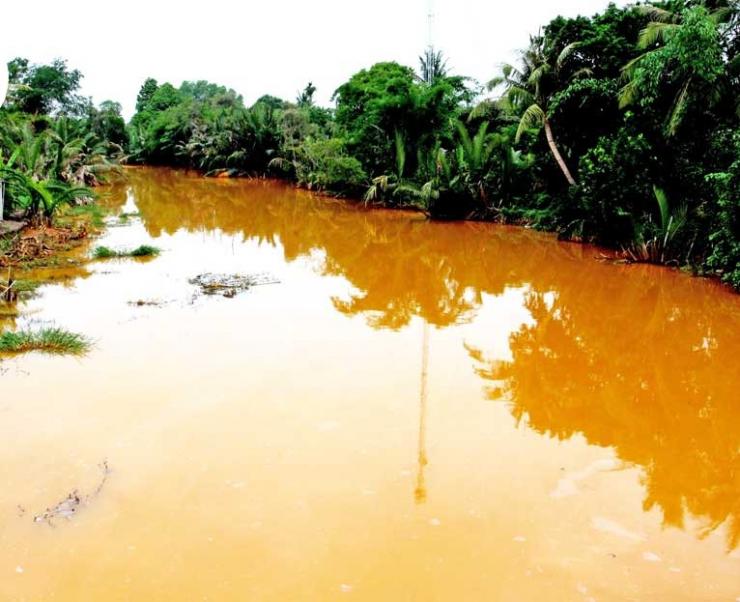Why is chlorine most widely used in water treatment?
Chlorine and its compounds are the most produced and consumed chemicals in the world for many purposes such as sterilization, white pipes, cleaning,…. Hundreds of years ago, chlorine was used as a water treatment agent. With the advantage of high disinfection efficiency, low cost and less danger to the user, chlorine disinfection is still the most widely used method to treat drinking water, swimming pool water and water. waste.
NATION LAB offers a wide range of chlorine meters. From chemical test kits (CTK), portable optical meters to single-parameter, multi-parameter and desktop meters NATION LAB provides the equipment for you to take accurate, affordable measurements for virtually every residual and total chlorine measurement application ...

However, the concentration of chlorine in the water is too low, it is not really good, if the excess chlorine in the water is zero, it cannot guarantee that harmful microorganisms that exist in the water have been completely destroyed, the residual chlorine content is too low. is not enough to keep the water from re-contaminating the bacteria until use.
According to the National Technical Regulation on drinking and domestic water quality, the allowable residual chlorine concentration in water is 0.3-0.5mg / l, while it takes up to 1000ppm or more to start causing danger.
HOW TO MEASURE NUTRITION CLOUDS (FREE CLO) AND TOTAL CLO












